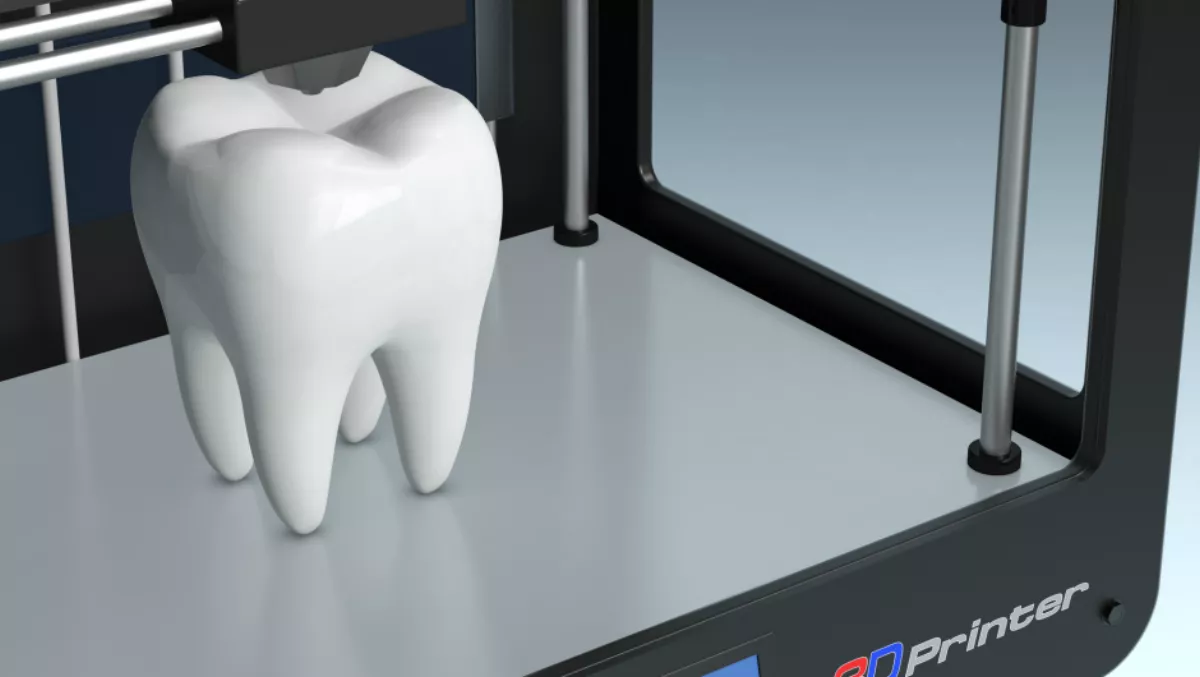
3D printing a booming market across Asia Pacific
The education sector is helping drive 3D printing across Asia Pacific, with IDC reporting printer shipments were up almost 106% in 2016 compared to 2015.
The research company says the good news doesn't end there, with 3D printers expected to see a compound annual growth rate of more than 20% through to 2021 across Asia Pacific, excluding Japan.
While the education sector is the largest adopter, accounting for almost 68% of APeJ shipments, the dental industry is seeing significant growth, up 82% on the previous year.
Mun Chun Lim, IDC Asia Pacific imaging, printing and document solutions research market analyst, says the dental industry ii going through a digital revolution, with digital dentistry set to take over the traditional process.
"We will see the dental industry transitioning into the digital era," Lim says.
Arts and entertainment accounted for 8.9% of the shipments, making it the second largest distinct market behind education. Tooling accounted for 2.7% of shipments.
"For the tooling industry, growing demands in the automotive and consumer appliances industries has surged the requirement for rapid tooling development," Lim says.
He adds that 3D printing is a viable solution for the industry to cater to the demand.
Helping drive adoption is increasing uptake of stereolithography (SLA) 3D printing, which has gained traction as the entry price has been lowered.
"The expiry of SLA patents causes the influx of new products into the market," Lim says.
He says traditional fused deposition modelling/fused filament fabrication (FDM/FFF) vendors are diversifying their product portfolio into SLA.
FDM/FFF however, accounts for the highest percentage of adoption – taking a whopping 96.2% of market share across the region.
"Metal 3D printing will be the one to observe," Lim says. "We see the adoption rate will remain positive for countries which are promoting advanced manufacturing and industrial transformation.
Meanwhile, IDC says 3D printing applications are transitioning from prototyping purposes into manufacturing aids and end use part production.
"3D printing is no longer just a prototyping machine," Lim says.
"Companies are evaluating how 3D printing could transform the traditional workflow in organisations. Companies are starting to relish the benefits of 3D printing in direct part production.
"We will see a leaner supply chain soon as 3D printing technology becomes mainstream.
IDC says 3D printing for surgical related guide increased 112% in 2016, with electrical and electronics industries also exploring 3D printed manufacturing aids to speed up production processes.
IDC says personalised implants and customised aircraft functional components are among the use cases already being seen in Aisa Pacific, with end use part application accounting for 19% increase in the market last year.
Lim notes that companies including China, Australia and South Korea have taken 'major initiatives in incorporating 3D printing to drive the nation forward'.
"Governments in this region are relishing the potential of 3D printing in transforming nations to be more competitive gearing towards industrial 4.0," he says.


